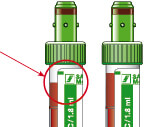Tip of the month: How to fill blood collection tubes correctly
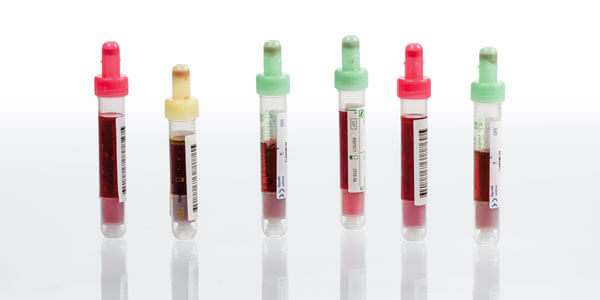
You have finished collecting blood and hand the samples to the laboratory. When you receive the lab results, you notice the following text in place of some of the measured values: “Tube underfilled. Measurement not possible. Please resubmit”.
How does underfilling occur? How can this be avoided?
What does “Tube underfilled” mean?
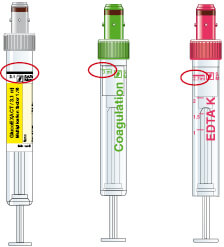
A nominal volume is defined for each blood collection tube. This is indicated by a filling mark on the label.
The nominal volume specifies the correct filling volume in the blood collection tube. If the tube is filled below this nominal volume, this is referred to as underfilling.
What happens if I do not collect enough blood?
The various blood collection tubes contain different preparations. Preparations can be in dry or liquid form and have an effect on the blood collected in the tube.
If too little blood is collected, the mixing ratio between the blood and the preparation in the tube changes. This change in the mixing ratio directly affects the measurement result.
Also, the laboratory may not be able to determine all measured values from the blood sample as the filling volume is too low to measure all parameters.
What does ‘observing the mixing ratio’ mean?
A mixing ratio is specified for some blood collection tubes.
One example is the S-Monovette® Citrate, which has a defined mixing ratio of 1:10. This means that the S-Monovette® Citrate contains one part of 3.2% trisodium citrate preparation, and an additional nine parts of blood must be added. This results in a ratio of ‘one part in 10’. In order to obtain an optimal mixing ratio between the blood and the preparation, the tube needs to be filled precisely.
How does underfilling occur?
When using a butterfly cannula, such as the Safety-Multifly® Needle, the dead volume in the tubing of the Safety-Multifly® Needle automatically leads to underfilling.
With a tubing length of 80 mm, the underfilling in the collection tube equals 120 μl. If the tubing is 200 mm long, this means there is already 300 μl less material in the tube.
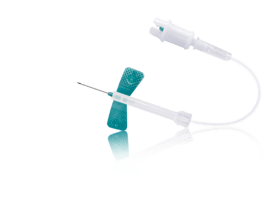
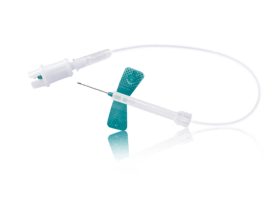
Underfilling can also occur if the blood sample is removed from the needle too early.
So how do I avoid underfilling?
When collecting blood, you should wait until the blood flow stops automatically. You can then detach the blood collection tube from the needle.
When using a Safety-Multifly® Needle, underfilling is very easy to avoid. Before collecting blood for the laboratory using the sample tube required, simply use an empty tube beforehand to fill the tubing with blood.
How does the laboratory notice underfilling?
Firstly, laboratory workers notice underfilling visually.
Secondly, many devices are fitted with what is known as ‘level detection’. This means that the measuring instrument checks the filling level. Rejected samples are then once again visually inspected by the laboratory workers.
Only if no measurement can be carried out is the lab result accordingly assessed as “Tube underfilled. Measurement not possible. Please resubmit”.
Does the lab set the underfilling limits?
No, blood collection tubes and the preparations they contain are governed by different guidelines.
For example, the guideline for the S-Monovette® Citrate (CLSI Guideline: H21-A5) specifies that underfilling of up to 10% is acceptable.
If filling falls below this value, the laboratory should discontinue the measurements and request new sample material.
Conclusion:
As a matter of principle, underfilling of blood collection tubes should be avoided in order to obtain reliable lab results.
If blood is collected with a butterfly needle like the Safety-Multifly® Needle, a discard tube should be used first to fill the tubing. This ensures that the blood collection tube used after that is filled correctly and that the measurement results can be reliably determined.
At the same time, it is important that the collection tube is not removed from the needle too early. The blood flow stops automatically as soon as the tube is filled.

